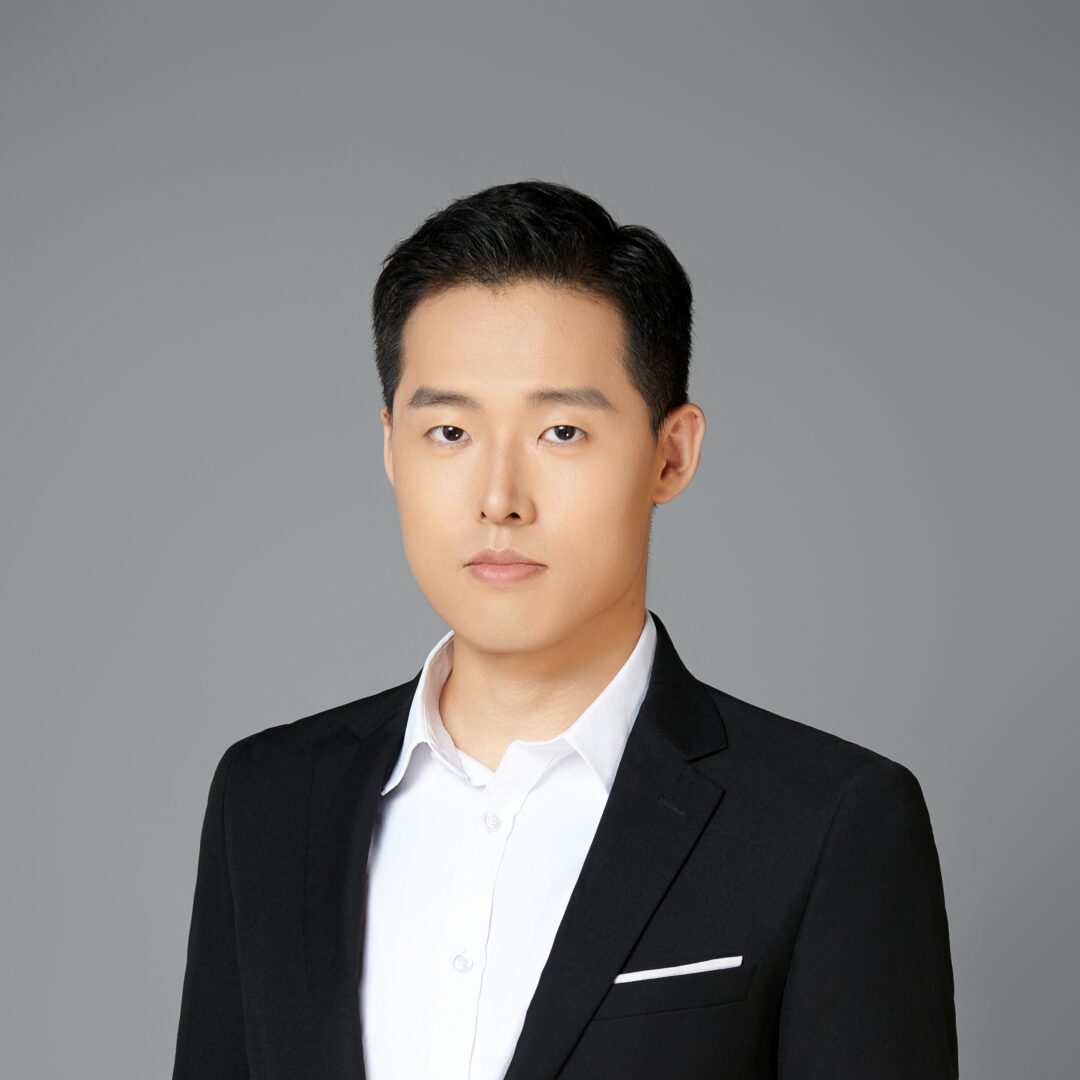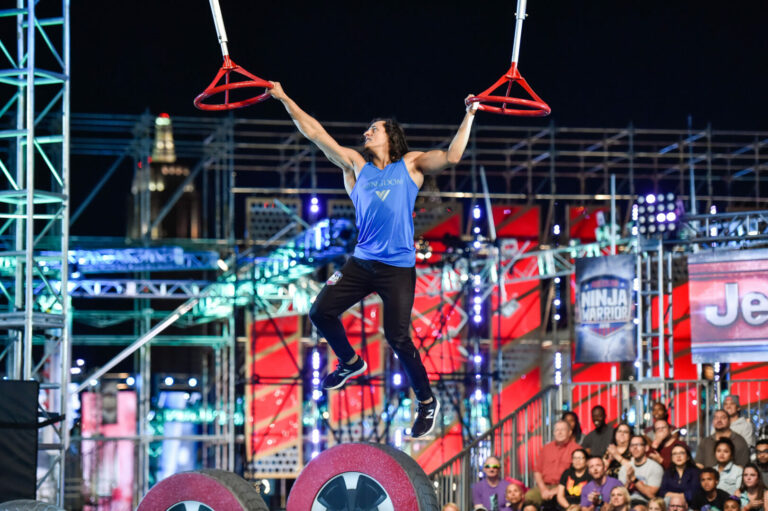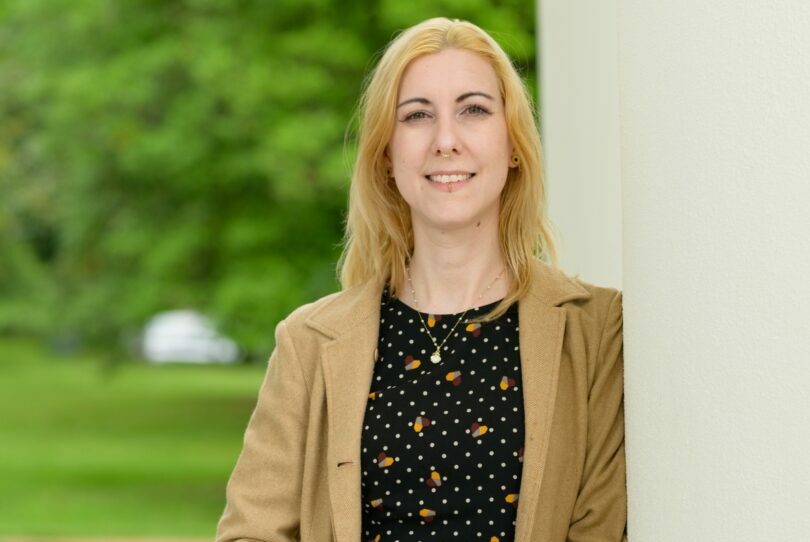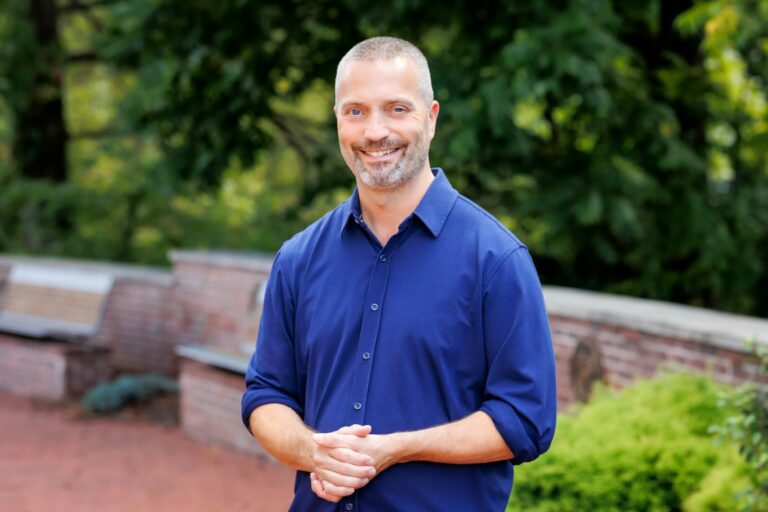We recently connected with Xiyao Wang and have shared our conversation below.
Hi Xiyao, so excited to have you with us today, particularly to get your insight on a topic that comes up constantly in the community – overcoming creativity blocks. Any thoughts you can share with us?
Creativity blocks are a natural part of any artistic or professional journey, and over the years I’ve developed a few strategies to navigate through them. One effective approach for me is immersion in different forms of art and architecture — visiting museums, exploring historical structures, or even sketching in nature. These activities help me reconnect with the tactile and visual elements that initially inspired my career.
Another method is collaboration. At Extended Play Lab, I work closely with my team to brainstorm ideas and challenge each other’s perspectives. Often, a fresh viewpoint from a colleague can unlock a solution I hadn’t considered. For example, while working on our Hydro-Bridge project in Nepal, a conversation with a landscape architect inspired the idea of integrating water storage with the bridge’s structure to adapt to seasonal changes.
Lastly, I’ve found that revisiting past work or unfinished sketches can reignite creativity. Sometimes, ideas that didn’t fit one project can evolve into something groundbreaking for another.
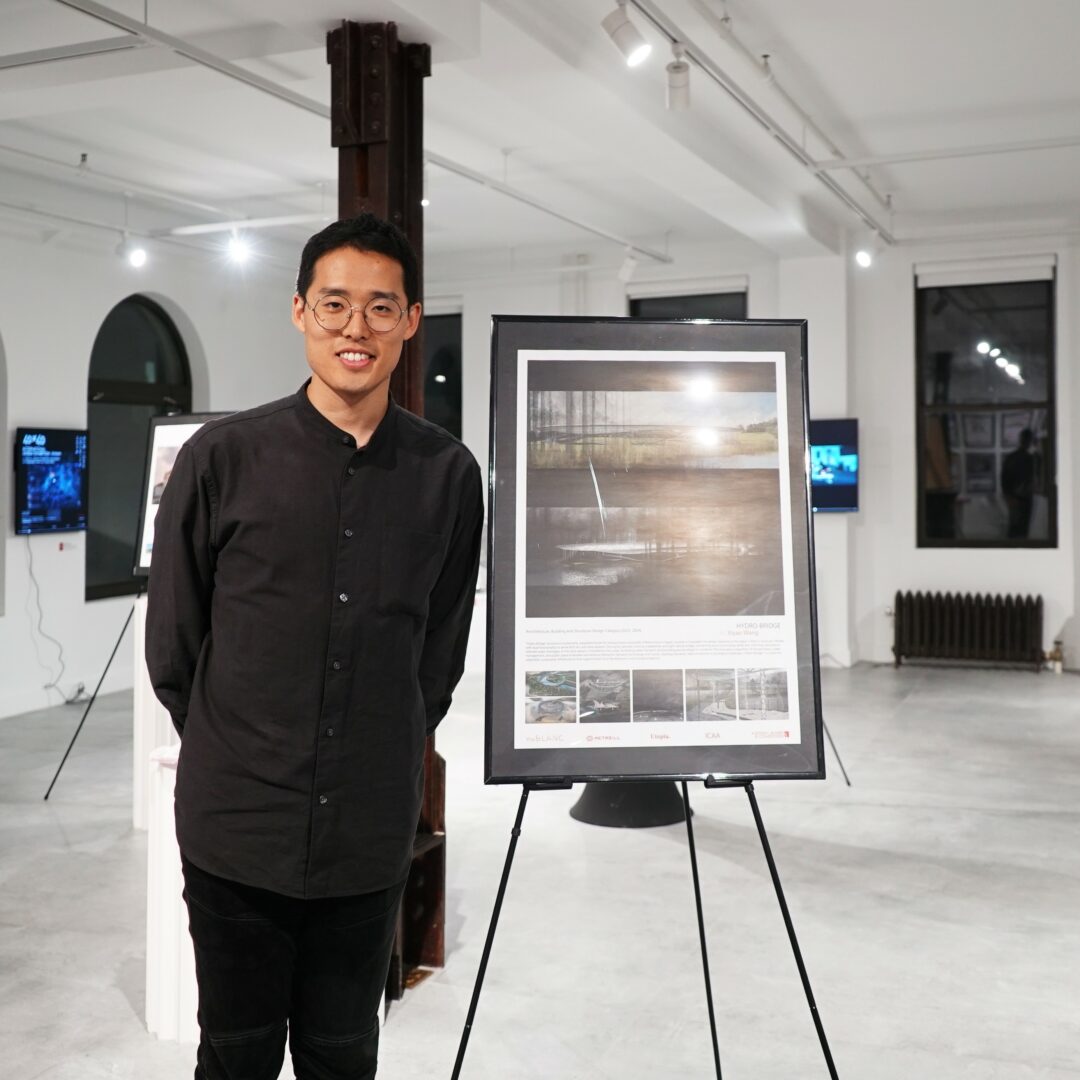
Thanks for sharing that. So, before we get any further into our conversation, can you tell our readers a bit about yourself and what you’re working on?
I am the founder of Extended Play Lab, a multidisciplinary design studio based in New York. Our work bridges architecture, urban design, and art, with a focus on creating spaces that foster human connection and community engagement. One of the most exciting aspects of our practice is the way we integrate technology and storytelling into design. For instance, our Chongqing Memory Depository project reimagines urban memorialization by allowing people to preserve personal histories within a shared public space.
Currently, I’m preparing for several exhibitions, including one at 4C Gallery showcasing Fusili, a sculptural installation exploring spatial continuity. We’re also expanding our reach by participating in international competitions, such as the A’ Design Award for Hydro-Bridge.
Extended Play Lab’s mission is to transform the way people perceive and interact with the built environment. Whether it’s a commercial supertall tower in New York or a pop-up store in Shanghai, we aim to weave narratives of culture, community, and sustainability into every project.
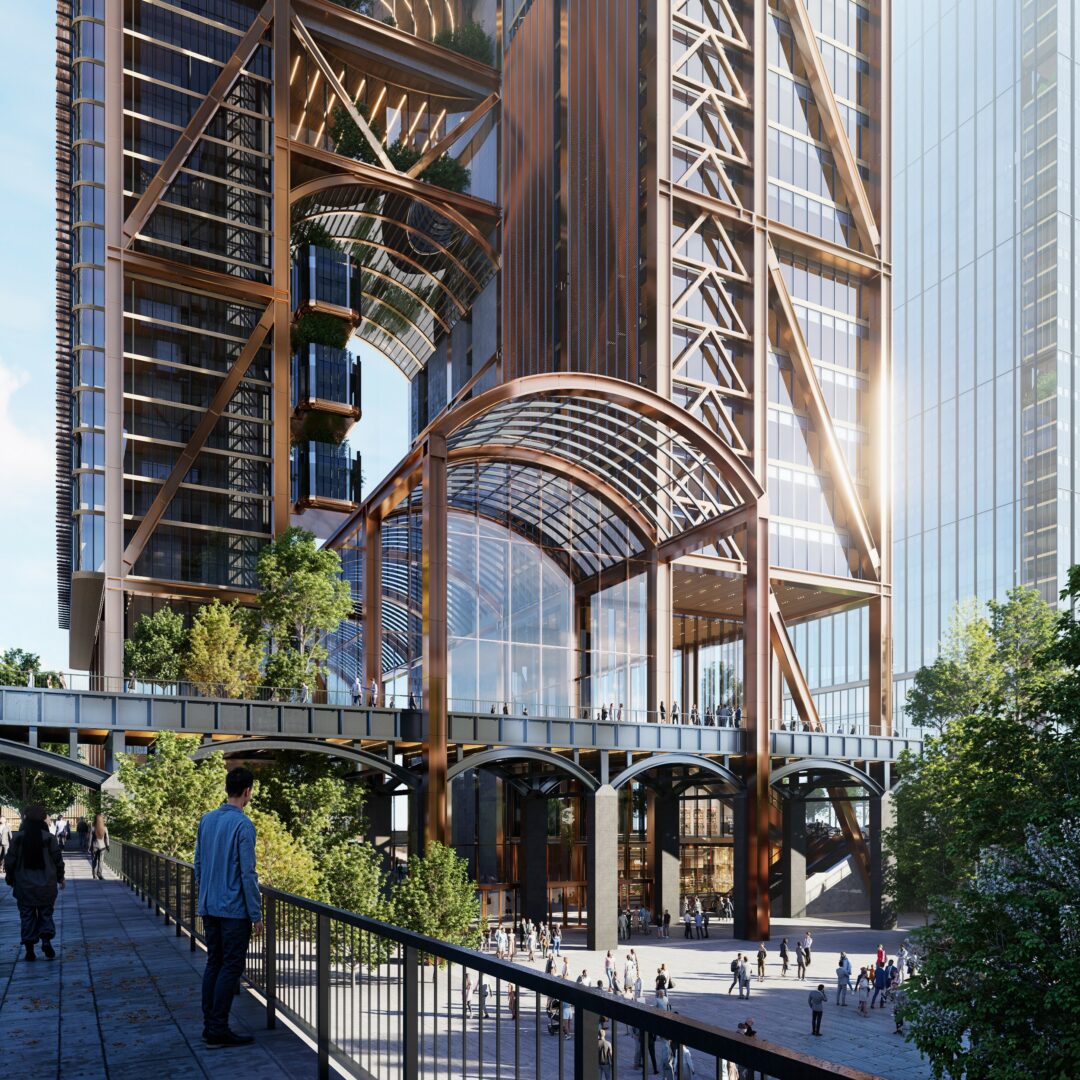
Looking back, what do you think were the three qualities, skills, or areas of knowledge that were most impactful in your journey? What advice do you have for folks who are early in their journey in terms of how they can best develop or improve on these?
1. Curiosity and Adaptability: Architecture and design constantly evolve, and staying curious has been pivotal in my journey. This quality has driven me to explore diverse disciplines—from parametric programming for façades, as in Chegongmiao Terra Towers, to art installations like Fusili. For beginners, I recommend reading widely and stepping out of your comfort zone to learn from other fields.
2. Collaboration: The ability to collaborate is indispensable, especially in a field as interdisciplinary as architecture. At KPF, I worked with engineers, urban planners, and local artisans to bring projects like the CPIC Xiantiandi Commercial Center to life. Emphasizing teamwork early on can open doors to innovative solutions.
3. Problem-Solving Through Empathy: Understanding the end-user’s perspective has helped me design spaces that resonate. For example, the Urban Serenity apartment design focused on creating a peaceful retreat in the bustling city of Shanghai. To develop this skill, I encourage emerging professionals to actively engage with clients and end-users, listening deeply to their needs.
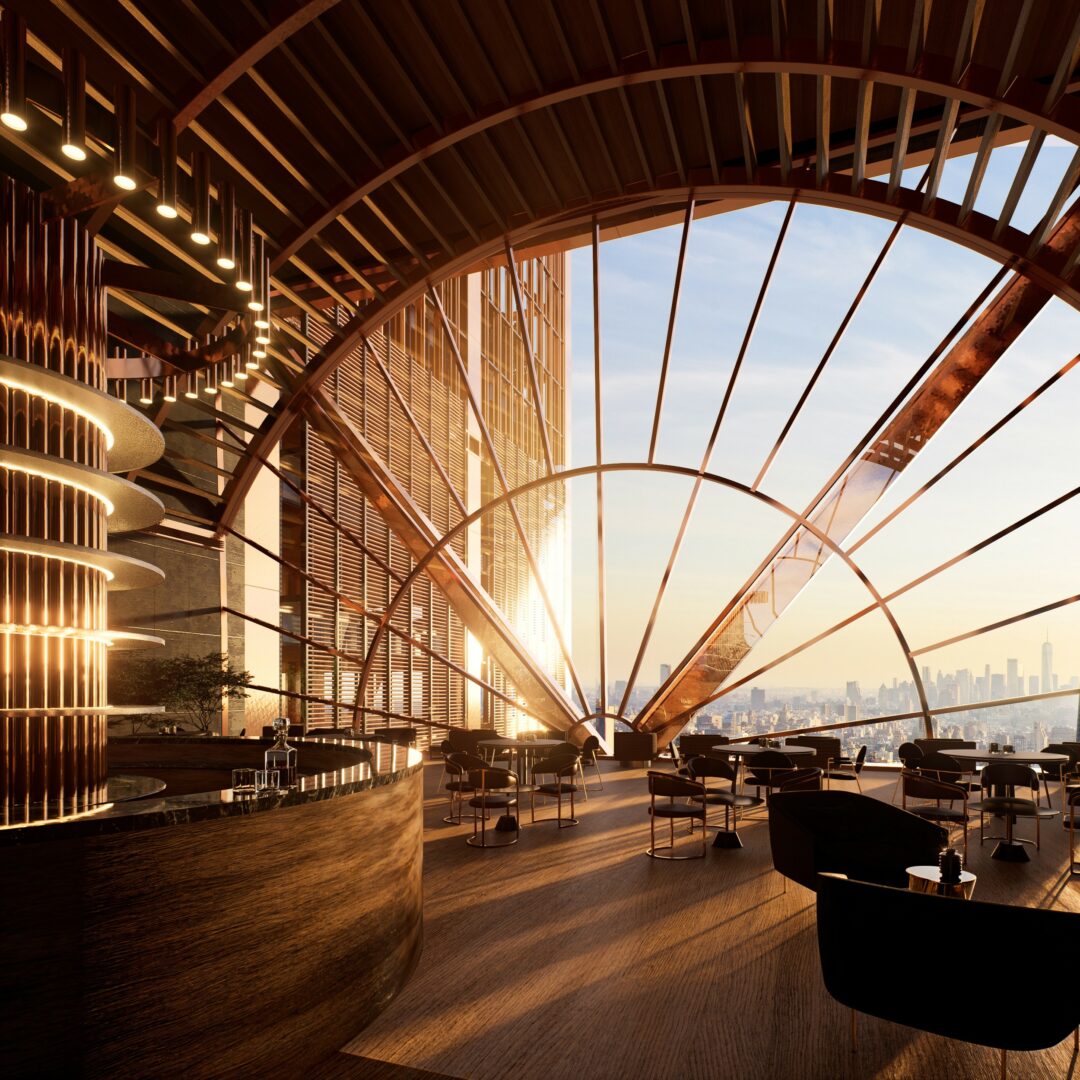
What would you advise – going all in on your strengths or investing on areas where you aren’t as strong to be more well-rounded?
I believe in a balanced approach—focusing on strengths while addressing critical weaknesses. Your strengths define your unique voice and expertise, but improving key weaknesses ensures you don’t hit a plateau.
For example, I initially focused heavily on design aesthetics, which is my strength, but early in my career, I struggled with presenting technical feasibility to clients. Recognizing this, I took courses in real estate and construction management at Harvard to enhance my ability to balance creativity with practicality. This dual focus helped me excel in projects like the Fosun Center in Shanghai, where balancing design vision with construction realities was crucial.
For those early in their journey, I suggest conducting regular self-assessments. Identify areas that may hold you back and work on them incrementally while continuing to refine your core strengths. This strategy ensures consistent growth without diluting your expertise.
Contact Info:
- Website: https://eplabdotstudio.wordpress.com/
- Instagram: ayepile
- Linkedin: https://www.linkedin.com/in/wangxiyao
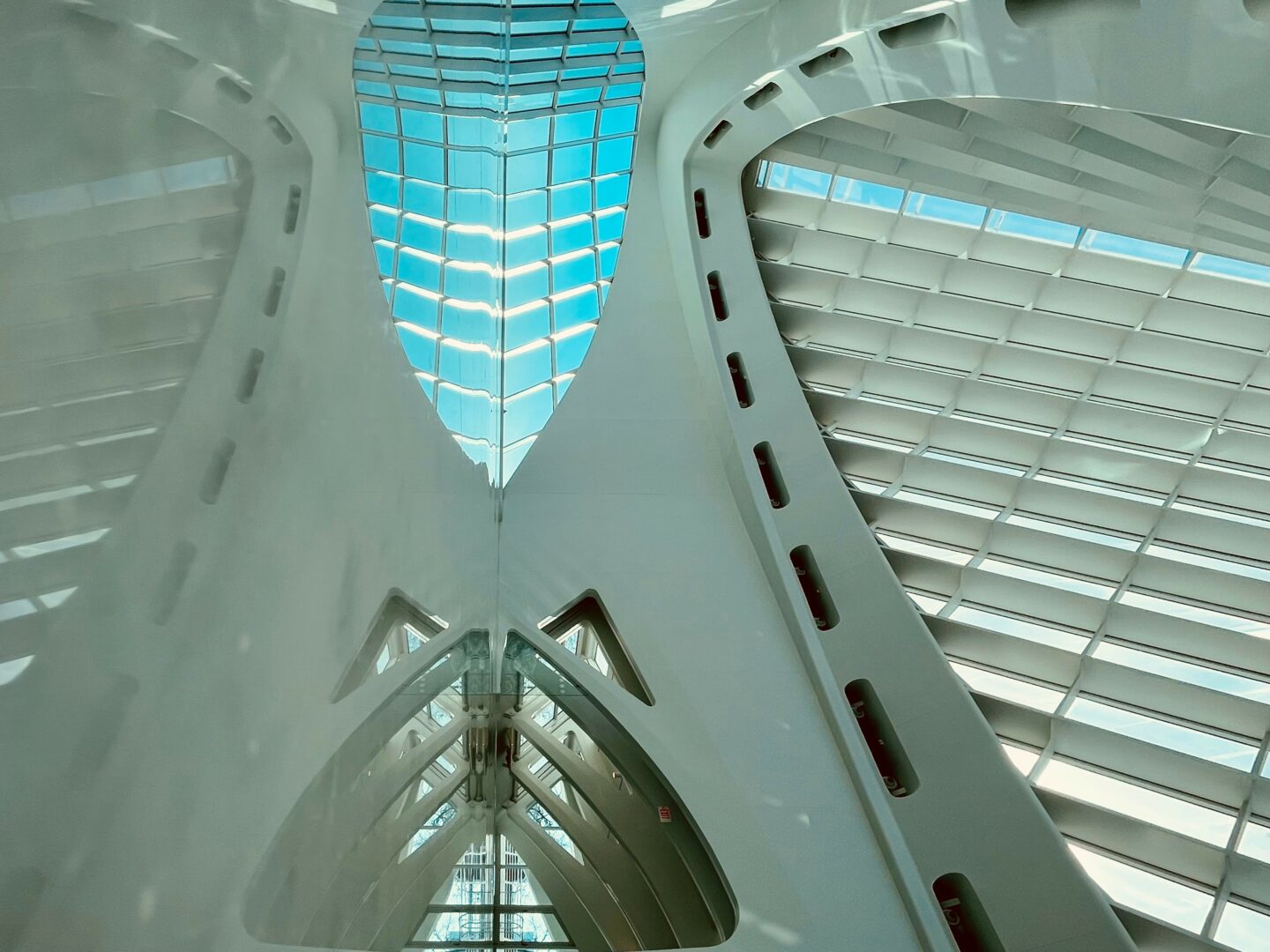
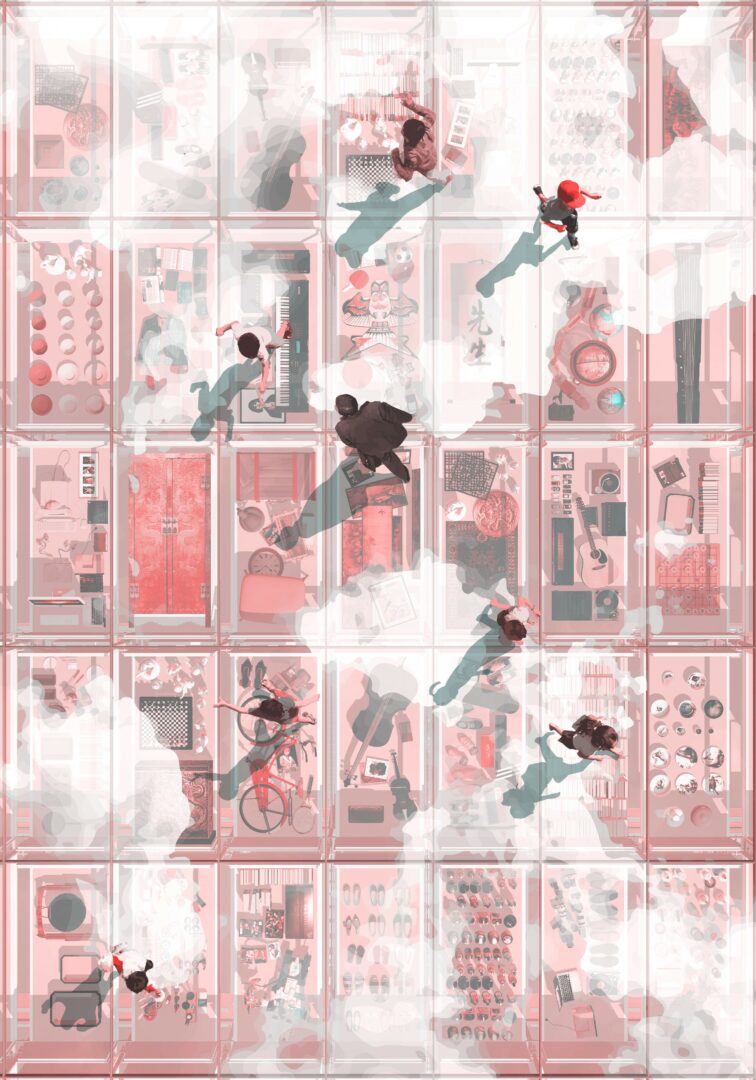
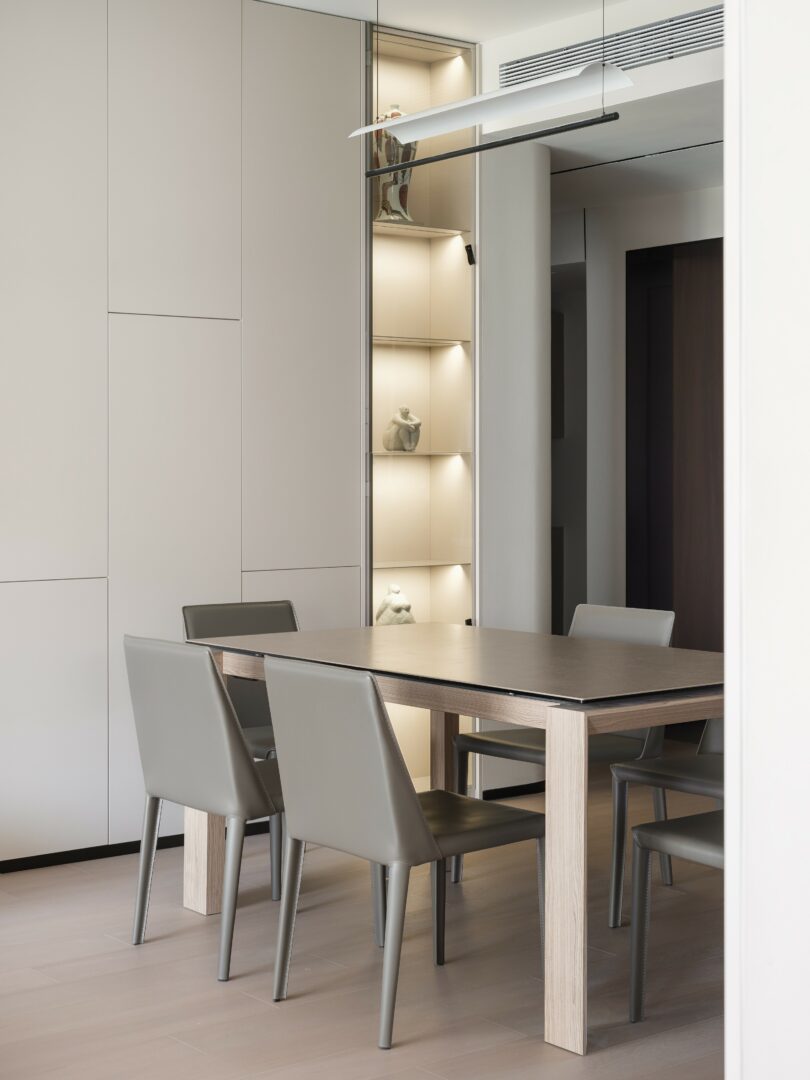
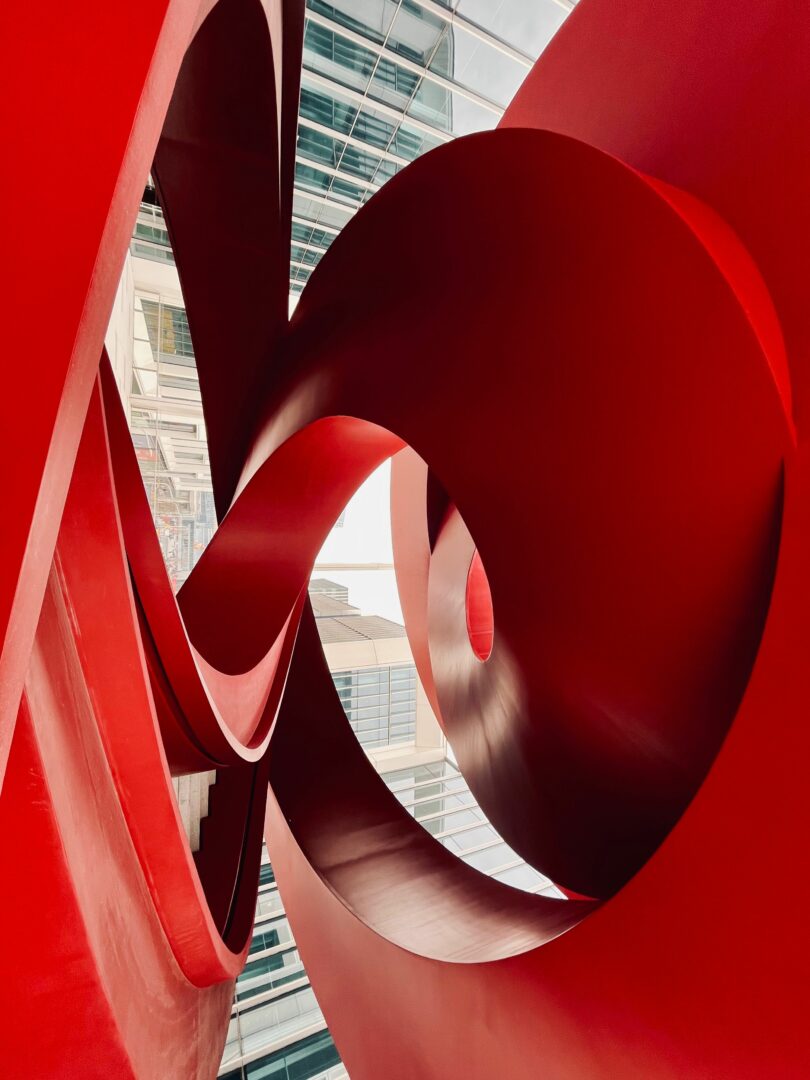
Image Credits
Rex Zou; Utopia
so if you or someone you know deserves recognition please let us know here.

